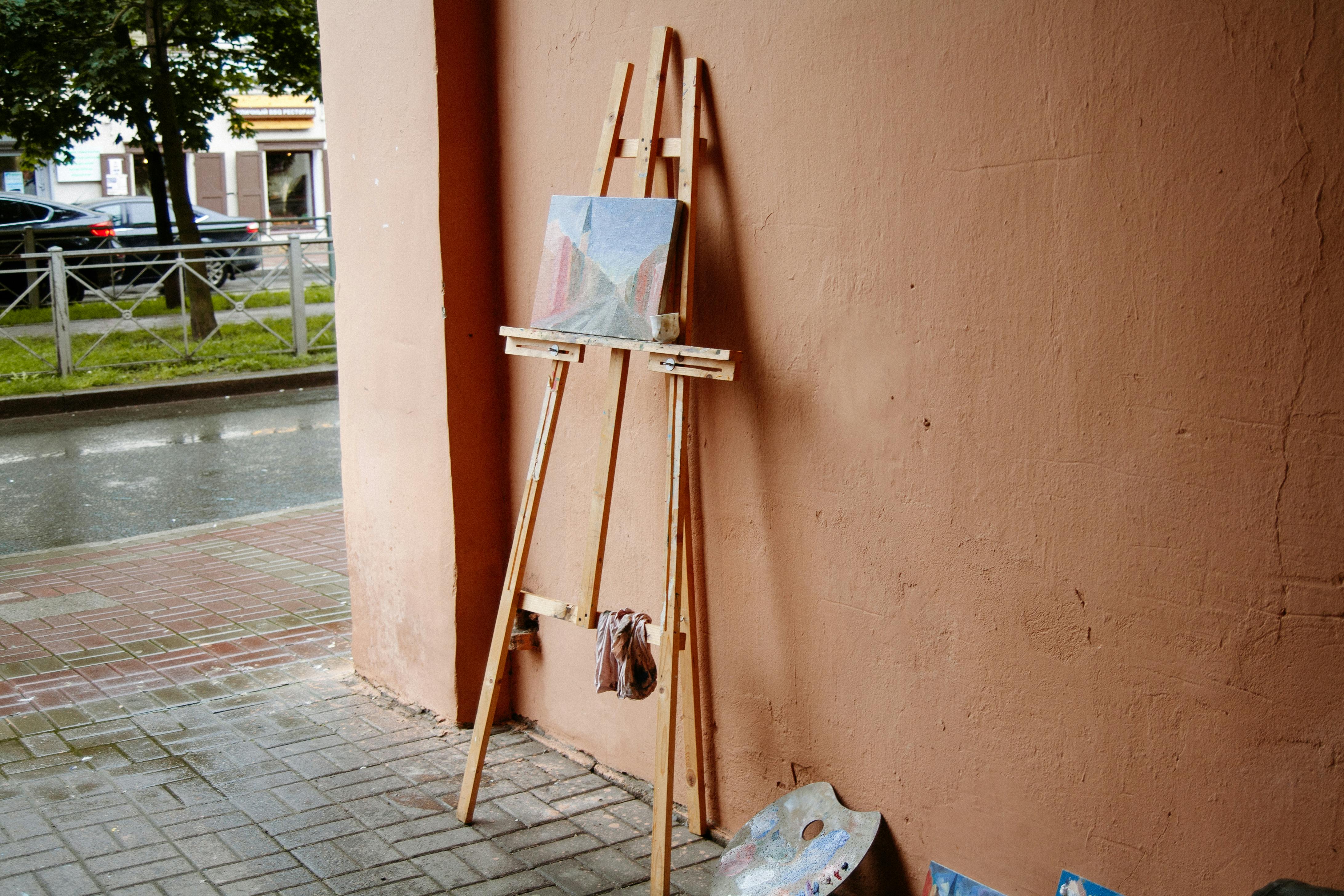In these economically difficult times that we find ourselves in, it is the case that an increasing number of cars that once had owners who could afford to pay the promissory note taken on the item are becoming what are called bank repossessed cars. These are vehicles that have ended up belonging to the bank that lent the money to buy them and that also has a lien.
Today, the actual number of vehicles going to banks is not known exactly, but it is clear that the places where these vehicles are then resold are filled to overflowing in some cases and in certain regions of the country. Buying a vehicle that has been repossessed by a bank can often be a way to save a significant amount of money over buying it from a used car lot.
There are a number of things you need to understand about these types of cars, and the person who takes a little time to learn a little bit about repossession, the ways that vehicles and even being owned by a bank and then how they are disposed of by the same bank can be of benefit. This is because the more a person who intends to buy such a vehicle knows about the process, the greater the chances of saving money.
In almost all cases, a bank that has a client who falls behind on payments to the point where the vehicle must be put into lien and control of the property will retain the services of a recovery specialist. Known colloquially as a “repo man (or woman),” these people are experts at finding the vehicle and then returning it to the bank.
Also, most banks do not hold on to the vehicle in a physical sense. They usually hire a local auto auction site that will take physical control of the vehicle, keep it safe in a fenced area, and then auction it off at the bank’s address. Usually the auction site makes its money on a commission basis and the bank makes money where it can.
In many cases, a reserve is placed on the vehicle, which means the bank will not accept an offer of less than a certain amount of money for the vehicle. This reserve will not be known to those participating in the auction, although the auctioneer and the auction site will. Usually, the reserve price is set somewhere between the so-called “blue book” retail price and the wholesale price.
When considering bidding on a bank repossessed car, understand that it may be the case that some of these vehicles are not in top condition. This may be because the owners never really cared for them or they may have been neglected or damaged during the recovery process. However, many of these vehicles are in good condition and ready for new owners.
Take care to inspect the vehicle at auction before deciding to bid. Also, be aware of the difference between the retail price and the wholesale price and bring a copy of a Blue Book or some other book that can quote those prices. Watch for obvious signs of wear and damage and have the auction site start the engine if possible. If done correctly, the vehicle offer can be yours alone.
